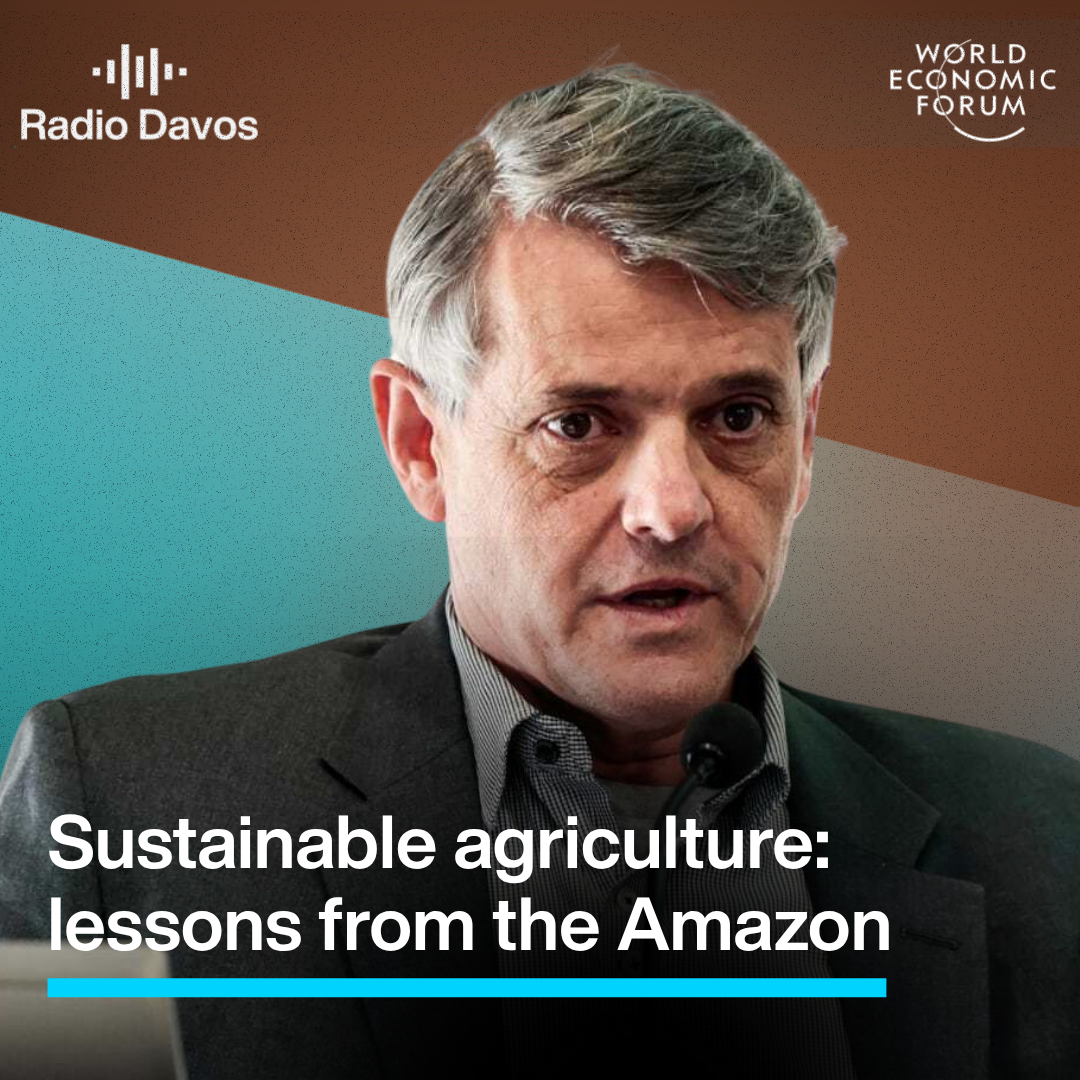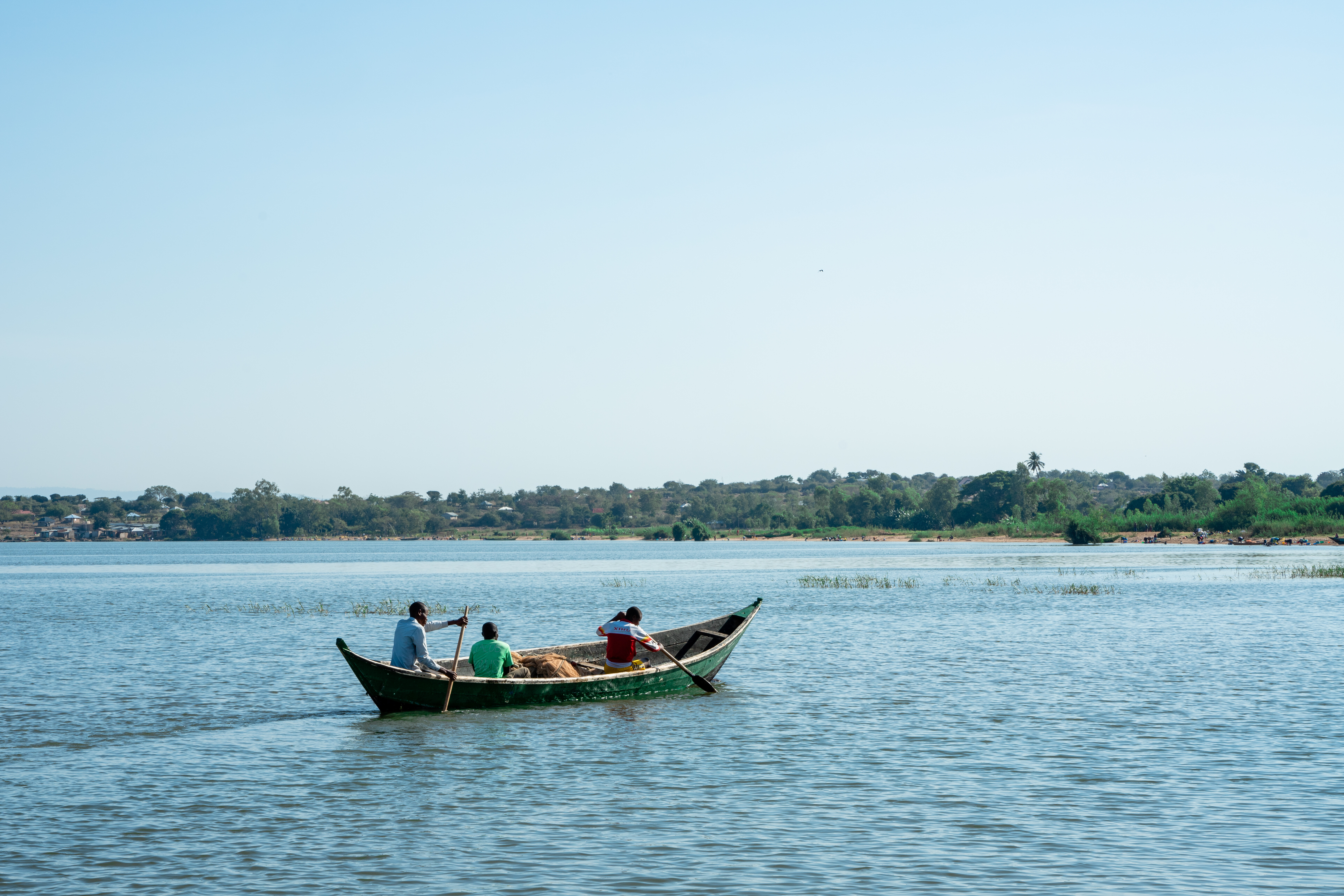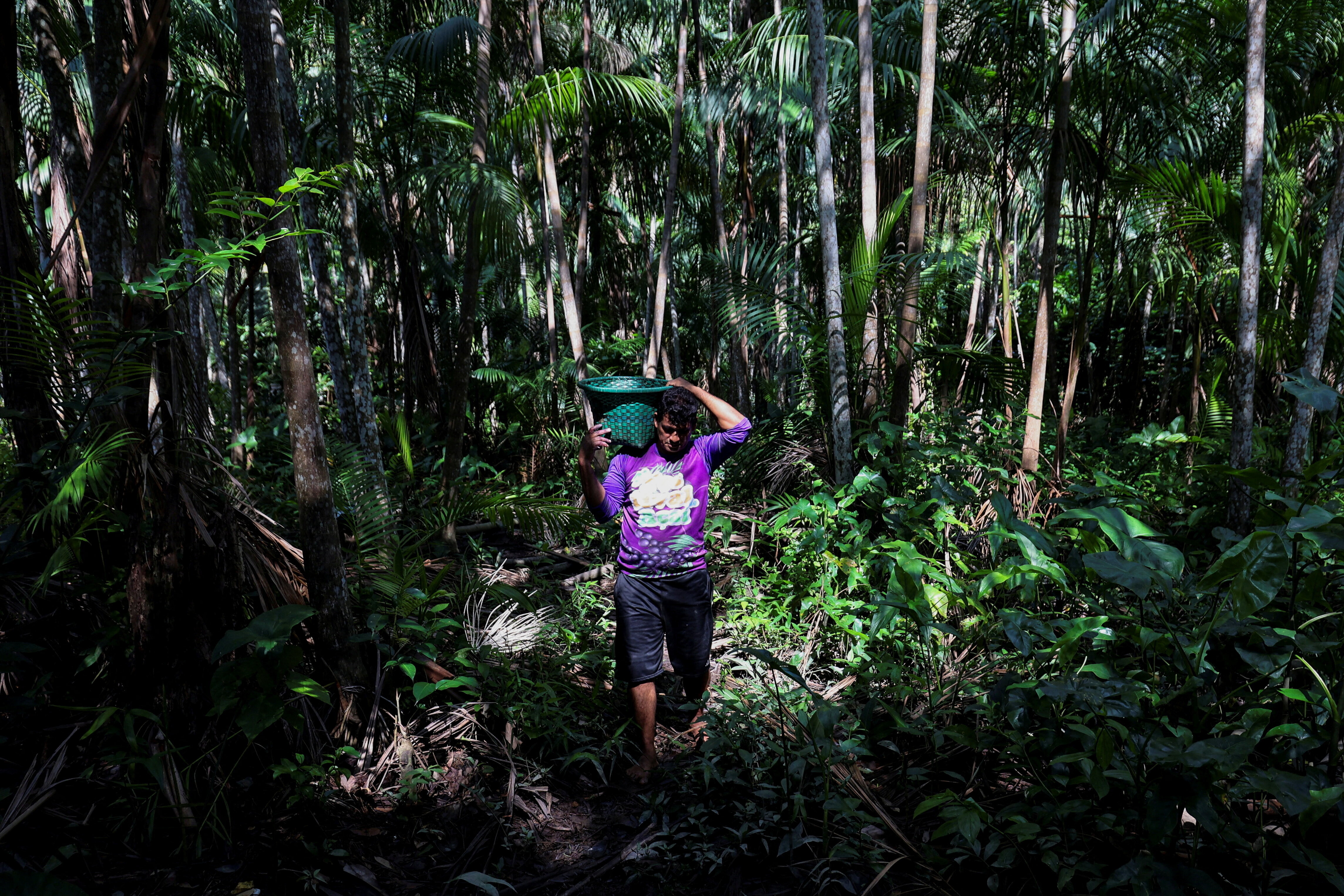This is why food security matters now more than ever

Food security is a rising concern as the global population is expected to reach 10 billion by 2100 Image: REUTERS/Philimon Bulawayo
- By 2050 there will be two billion more people on Earth than there are today.
- Today’s agriculture can’t deliver enough food to meet that need.
- So change is needed to increase output across the globe.
- But it mustn’t be done at the expense of an increasingly fragile environment.
- And the world’s most undernourished need help now.
The global food security challenge is straightforward: by 2050, the world must feed two billion more people, an increase of a quarter from today’s global population. The demand for food will be 56% greater than it was in 2010.
The United Nations has set ending hunger, achieving food security and improved nutrition, and promoting sustainable agriculture as the second of its 17 Sustainable Development Goals (SDGs) for the year 2030.
“With 10 years to go until 2030, the world is off-track to achieve the SDG targets for hunger and malnutrition,” says the latest report from the UN’s Food and Agriculture Organization. “After decades of long decline, the number of people suffering from hunger has been slowly increasing since 2014.”
So what needs to be done to achieve the SDG target? The solution will involve addressing a whole host of issues, from gender parity and ageing demographics, to skills development and global warming. Agriculture will need to become more productive and greener.
These will be among the issues under discussion at the World Economic Forum’s virtual event ‘Bold Actions for Food as a Force for Good’ from 23-24 November 2020.
Why is food security such a major global challenge?
The obvious reason is that everybody needs food. But the complexity of delivering sufficient food to a national population and to the whole world’s population shows why food security is such a priority for all countries, whether developing or developed.
In short, this is a global challenge because it’s not just about food and feeding people, but also about practically all aspects of an economy and society.
What causes it?
1. Population growth – this varies considerably across countries. Sub-Saharan Africa is expected to double its population from one to two billion by 2050. Populations in the developing world are also becoming increasingly urbanized, with 2.5 billion additional urban residents projected in Africa and Asia.
2. Changing tastes – not only is the population growing, but its diet is changing, too. As people become more affluent they start eating food that is richer in processed foods, meat and dairy. But to produce more meat means growing more grain.
3. Climate change – currently, 40% of the world’s landmass is arid, and rising temperatures will turn yet more of it into desert. At current rates, the amount of food we’re growing today will feed only half of the population by 2050.
4. Water scarcity – 28% of agriculture lies in water-stressed regions. It takes roughly 1,827 litres of water to produce a kilogramme of wheat, and the number of people facing water shortages could double by 2050.
5. Troubled farmers – fewer people are choosing farming as an occupation. Meanwhile, global food prices are rising, arable land continues to be lost to urban sprawl and soil is being degraded by over-farming.
What makes ensuring food security so complex?
Consider India. Agriculture accounts for 18% of the economy’s output and 41% of its workforce. India is the second biggest producer of fruits and vegetables in the world. Yet according to the Food and Agriculture Organization (FAO) of the United Nations, some 189 million Indians are undernourished, the largest number of hungry people in any single country. An estimated 14% of the population of India are too malnourished to lead a normal life.
Addressing the problem of hunger and malnourishment in an economy such as India’s requires improvements in the productivity of the agriculture sector, particularly smallholder farms. Rural and farming communities typically experience a higher incidence of poverty and hunger.
Agriculture must also be sustainable. Globally, the sector accounts for 30% of greenhouse gas emissions and 70% of freshwater withdrawals so attention has to be paid to energy and water use in farming. Waste is also a problem, with an estimated one-third of food consumption, some 1.3 billion tonnes, lost.
What’s the World Economic Forum doing about it?
What is the World Economic Forum doing to help ensure global food security?
In 2007 and into the first half of 2008, global food prices increased sharply stirring social unrest and riots in both developing and developed economies, from Bangladesh to Brazil, from Mexico to Mozambique. This prompted the World Economic Forum and its partners, members and other constituents to define, in 2009, a New Vision for Agriculture (NVA); the aim continues to be to achieve, through market-based public-private approaches, 20% improvement in food security, environmental sustainability and economic opportunities every decade till 2050.
The World Economic Forum’s action portfolio of locally driven public-private partnerships under the NVA has mobilized over $10 billion, with some $1.2 billion already implemented, reaching nearly 3.6 million smallholder farmers.
The Forum also launched the Food Action Alliance, a coalition of organisations working together to strengthen the impact of agricultural value chains to produce food efficiently and sustainably, as well as the Food Innovation Hubs, which are regional platforms designed to enable technology and innovations to meet local needs. In addition, Uplink's Future of Protein initiative is calling for innovative projects to accelerate progress toward accessible, affordable, healthy and sustainable protein.
Don't miss any update on this topic
Create a free account and access your personalized content collection with our latest publications and analyses.
License and Republishing
World Economic Forum articles may be republished in accordance with the Creative Commons Attribution-NonCommercial-NoDerivatives 4.0 International Public License, and in accordance with our Terms of Use.
The views expressed in this article are those of the author alone and not the World Economic Forum.
Stay up to date:
Food Security
Related topics:
Forum Stories newsletter
Bringing you weekly curated insights and analysis on the global issues that matter.









